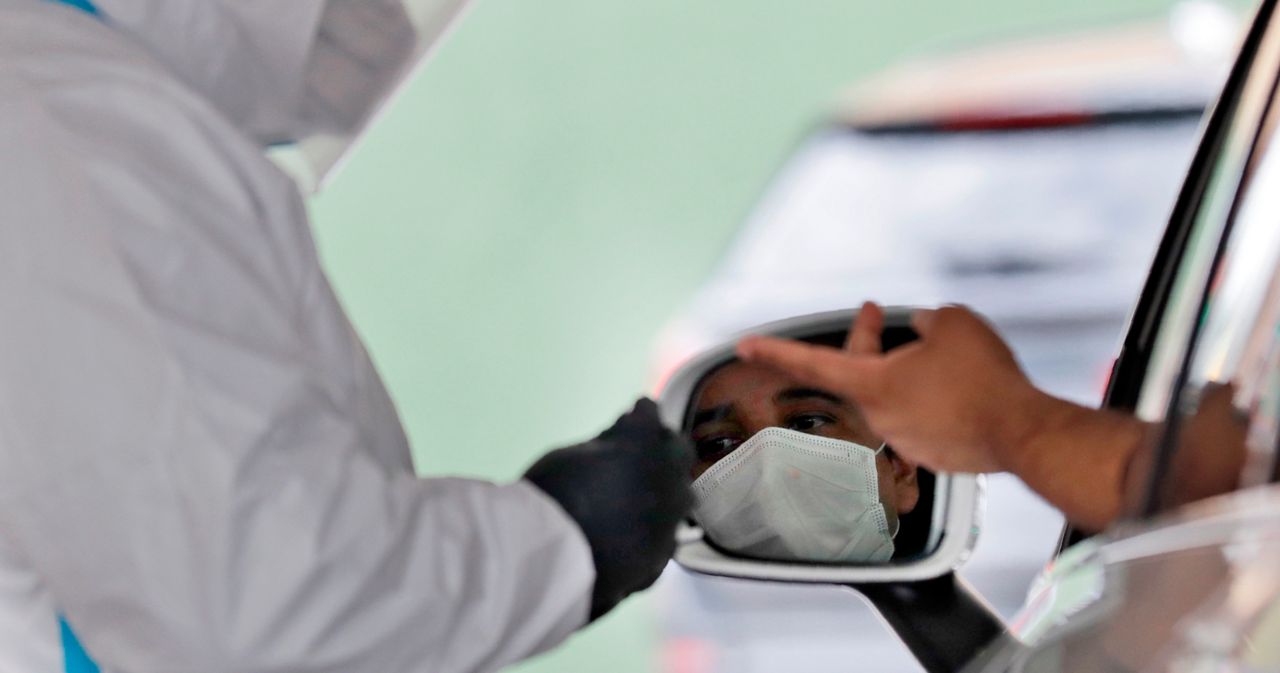Governor Andrew Cuomo unveiled the first batch of data from the state's antibody testing effort on Thursday, which indicates as many as 2.7 million New Yorkers could have been infected with coronavirus and are now recovering.
Cuomo says the Phase 1 results are from 3,000 antibody tests collected from people who were at grocery stores or box stores in 19 counties.
The new figures, which the governor stresses are still preliminary, show that 13.9 percent of people sampled statewide had antibodies.
MORE COVERAGE
- New York Will Investigate Nursing Home Practices During COVID-19 Outbreak
- Where Are the Coronavirus Cases, Deaths in Upstate New York?
Cuomo suggested that an infection rate of 13.9 percent statewide indicates that the death rate could be much lower than what is currently indicated. The state is currently reporting 263,460 confirmed positive coronavirus tests and 15,740 coronavirus deaths statewide, which would indicate a death rate of approximately 6 percent. But if the sample in the antibody testing is indicative of the total percentage of New Yorkers who have antibodies, that means as many as 2.7 million New Yorkers have antibodies. That would indicate a statewide death rate of about .5 percent.
The governor did indicate two caveats with that theory. One is that the official state death count only indicates deaths that happened in a hospital or a nursing home, and does not include coronavirus-related deaths that occurred in a home, which means the official death count is likely higher than that official number. The other caveat is that the data from the antibody testing is only preliminary.
The governor says the tests are crucial on multiple fronts, from identifying potential convalescent plasma donors to informing state officials on the reopening strategy.
The antibody tests have not been immune to controversy, however. In the rush to get antibody tests on the market, their accuracy has been called into question, with fears of a high number of false positives. And the World Health Organization said last week that there is no evidence that antibody testing indicates that a person is immune to the disease.
New York City's percentage of positive antibody results was the highest in the state. Long Island was the second highest at 16.7 percent. Westchester and Rockland counties had 11.7 percent of positive cases. The rest of the state registered 3.6 percent.
The governor noted the data also shows large disparities when it comes to the communities most vulnerable to the virus.
(Courtesy: Governor's office)
Antibodies were detected in more than 22 percent of black participants in the study, as well as more than 22 percent of Latino or Hispanic participants in the study, as compared to 9.3 percent of white participants in the study and 11.7 percent of Asian participants in the study. Cuomo did indicate, however, that those numbers are likely reflective of the fact that there are more cases in New York City than in other parts of the state.
The governor says when it comes to gender, 12 percent of females tested positive, while 15.9 percent of males tested positive.
As far as age breakdown, the data shows that positive antibody results were spread relatively evenly among partipicants ages 25 and up. 15.9 percent of residents between the ages of 25 and 34 tested positive for antibodies. That number was 13.6 percent for participants between the ages of 35 and 44; 16.7 percent for participants between the ages of 45 and 54; 14.9 percent for participants between the ages of 55 and 64; 11.9 percent for participants between the ages of 65 and 74; and 13 percent for participants over the age of 75. Only 8.2 percent of residents younger than 25 tested positive for antibodies. (The youngest age sampled was 18.)
In terms of official numbers connected to the coronavirus, Cuomo says there were 438 deaths from coronavirus in the state over the past 24 hours.
The governor says the hospitalization rate continues to go down, but he said he is concerned about the fact that the death toll and the number of new cases are remaining flat.



